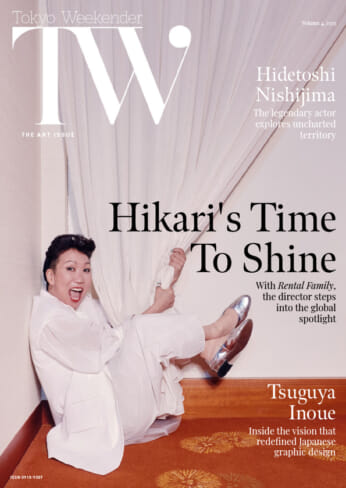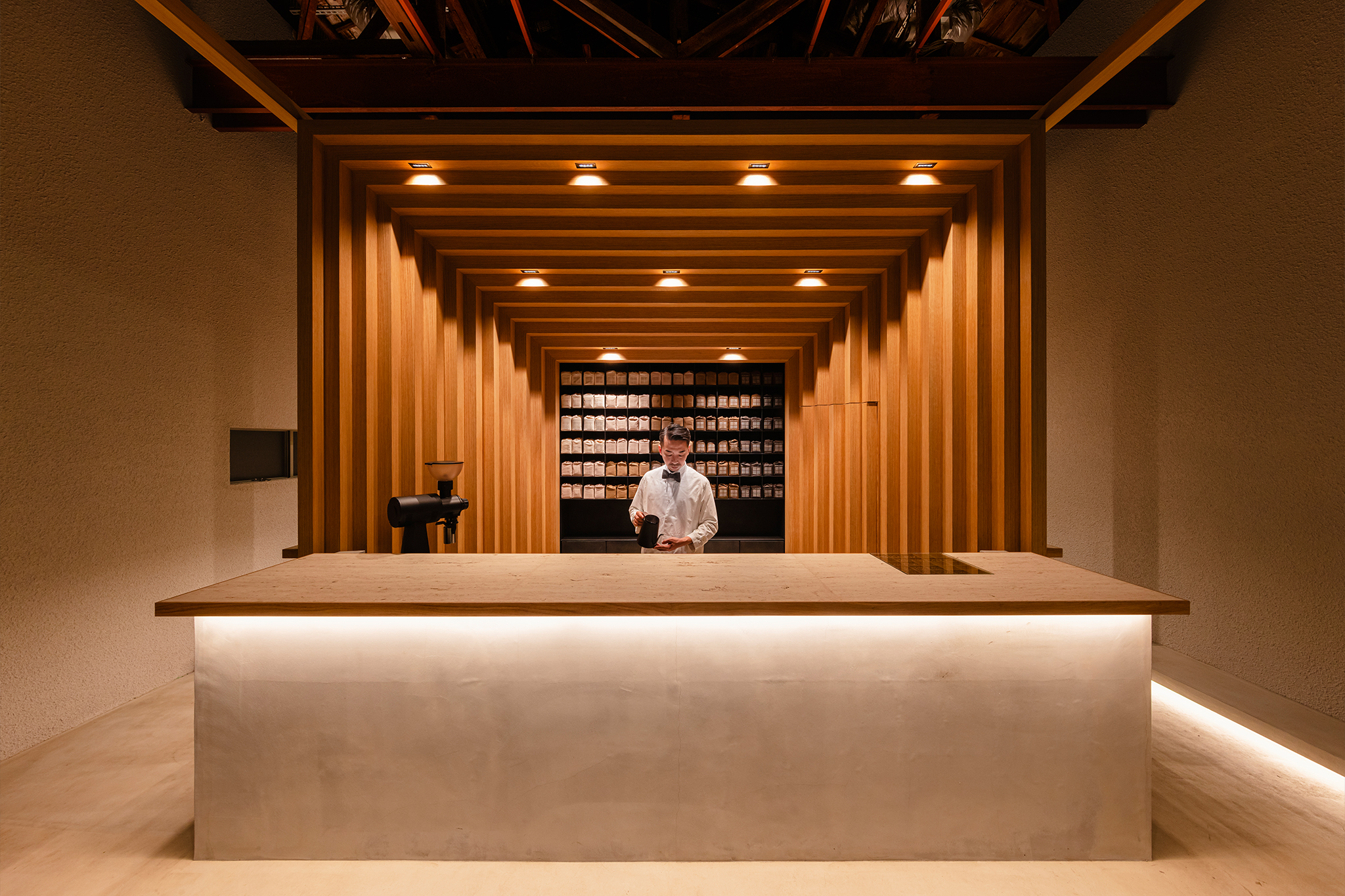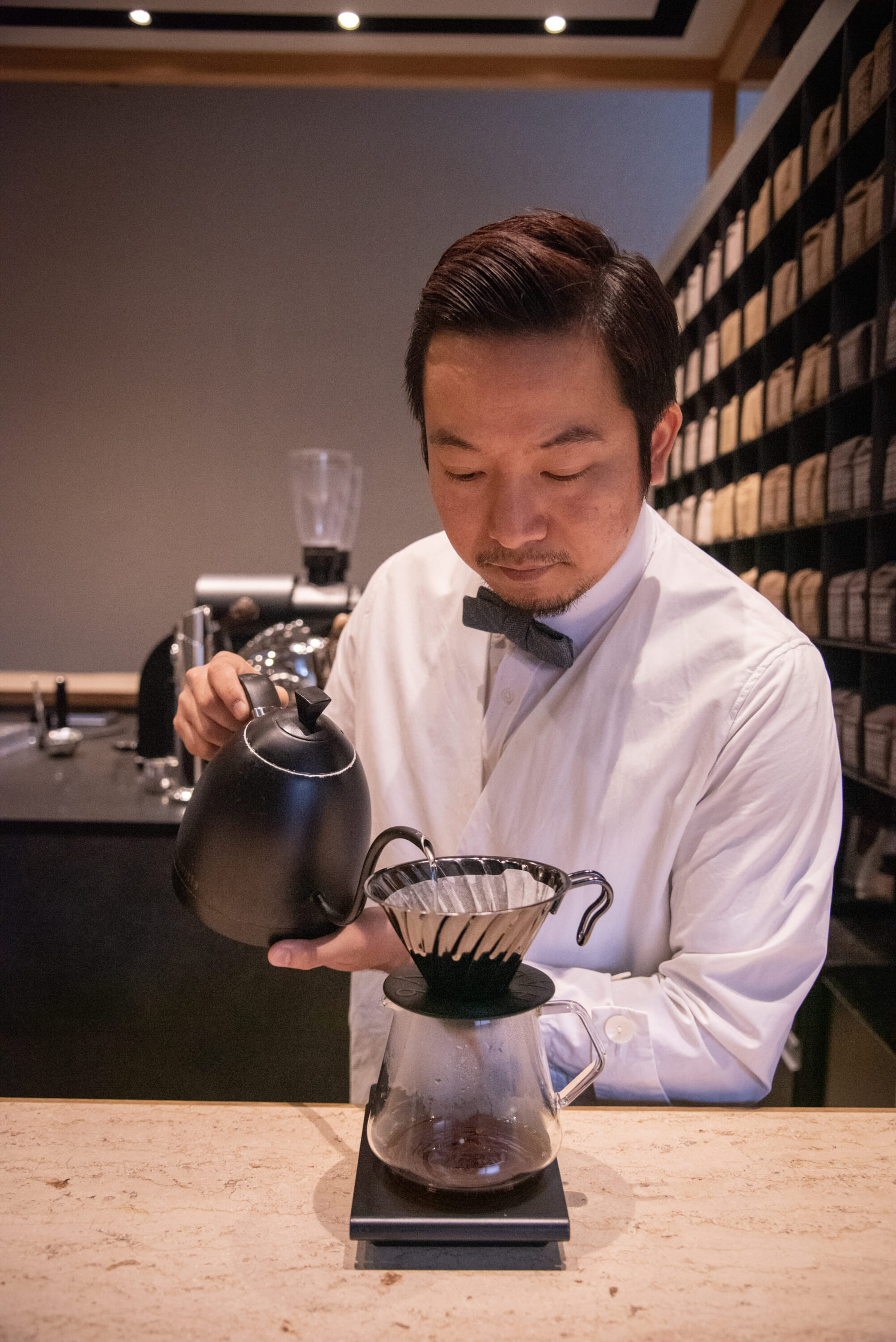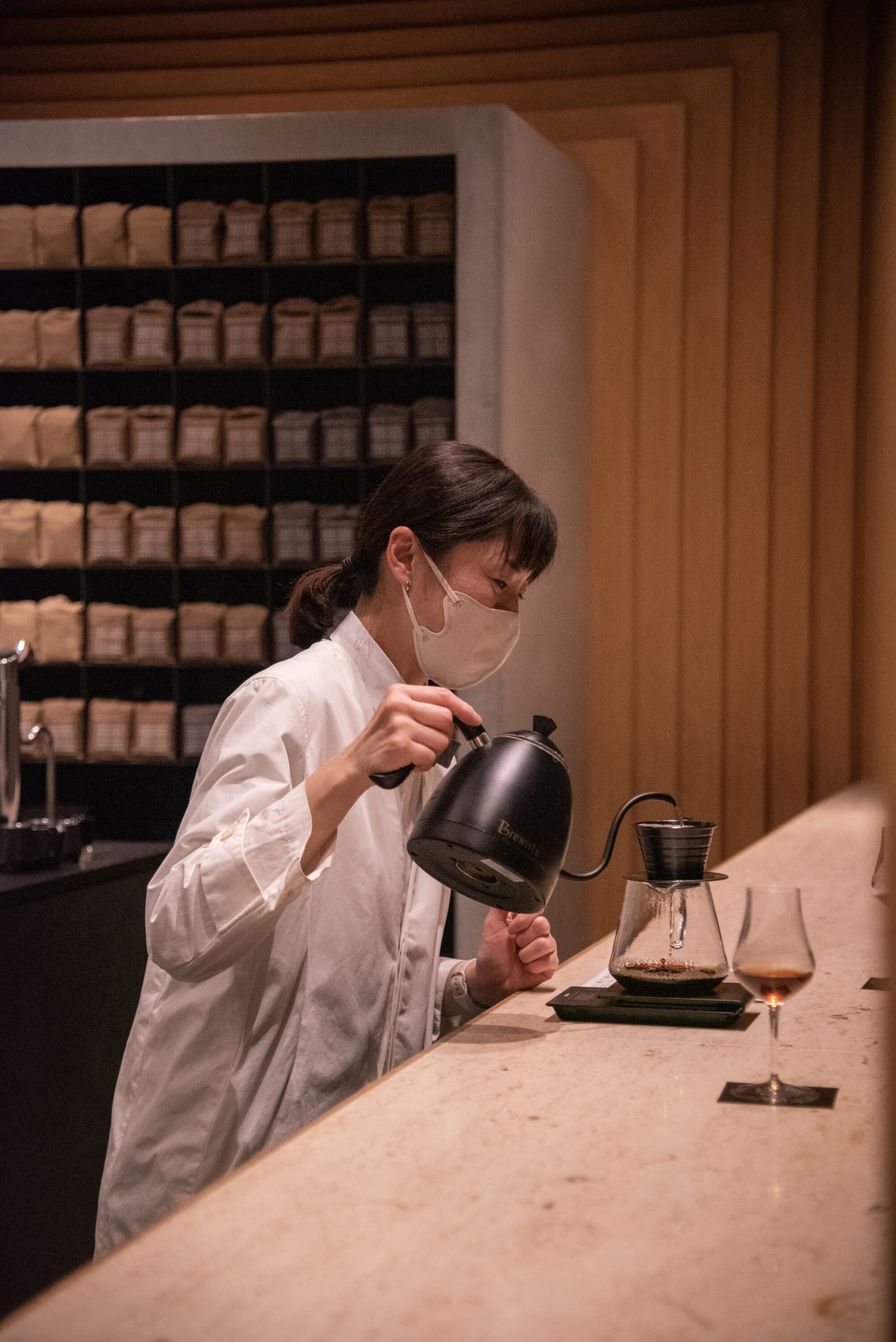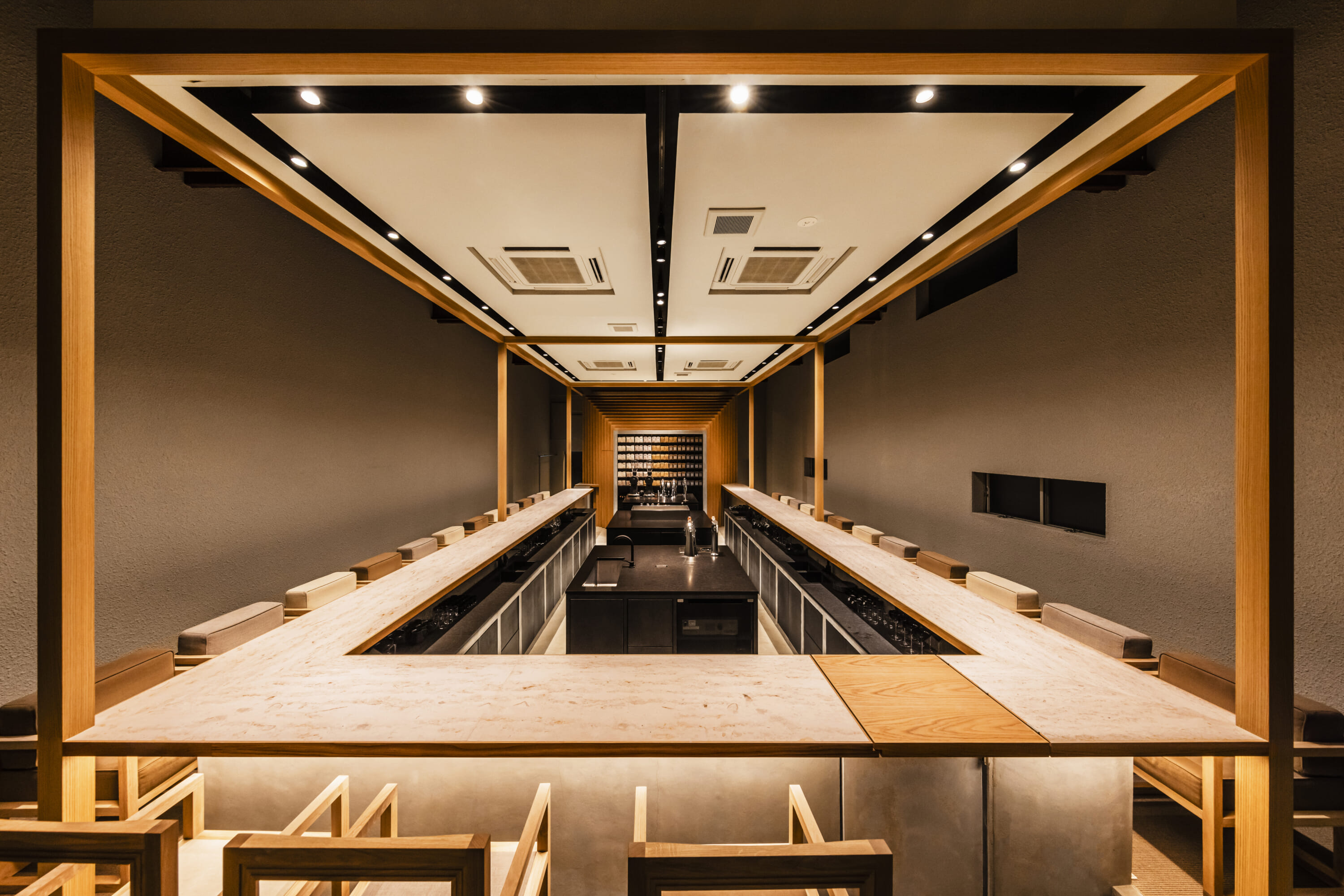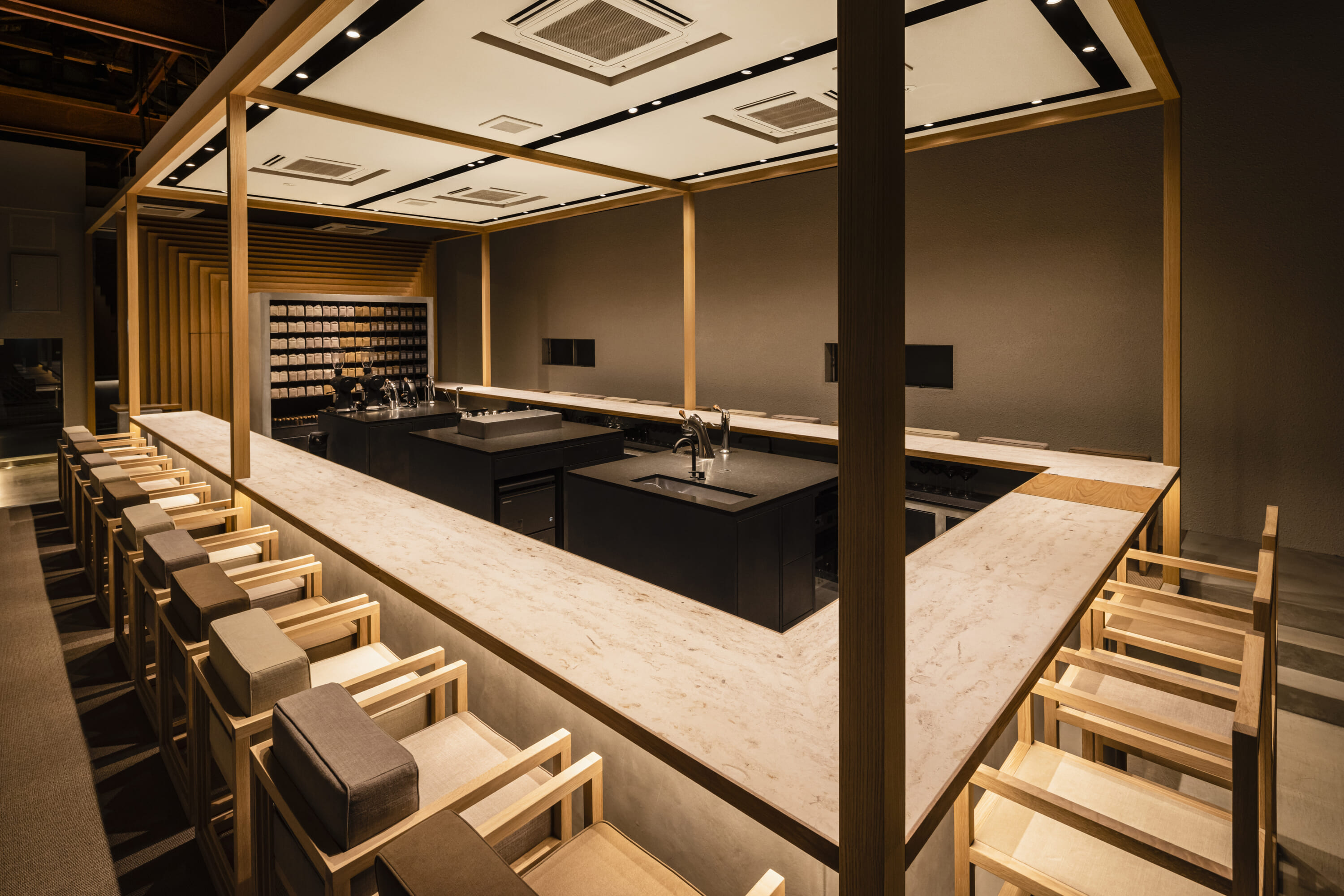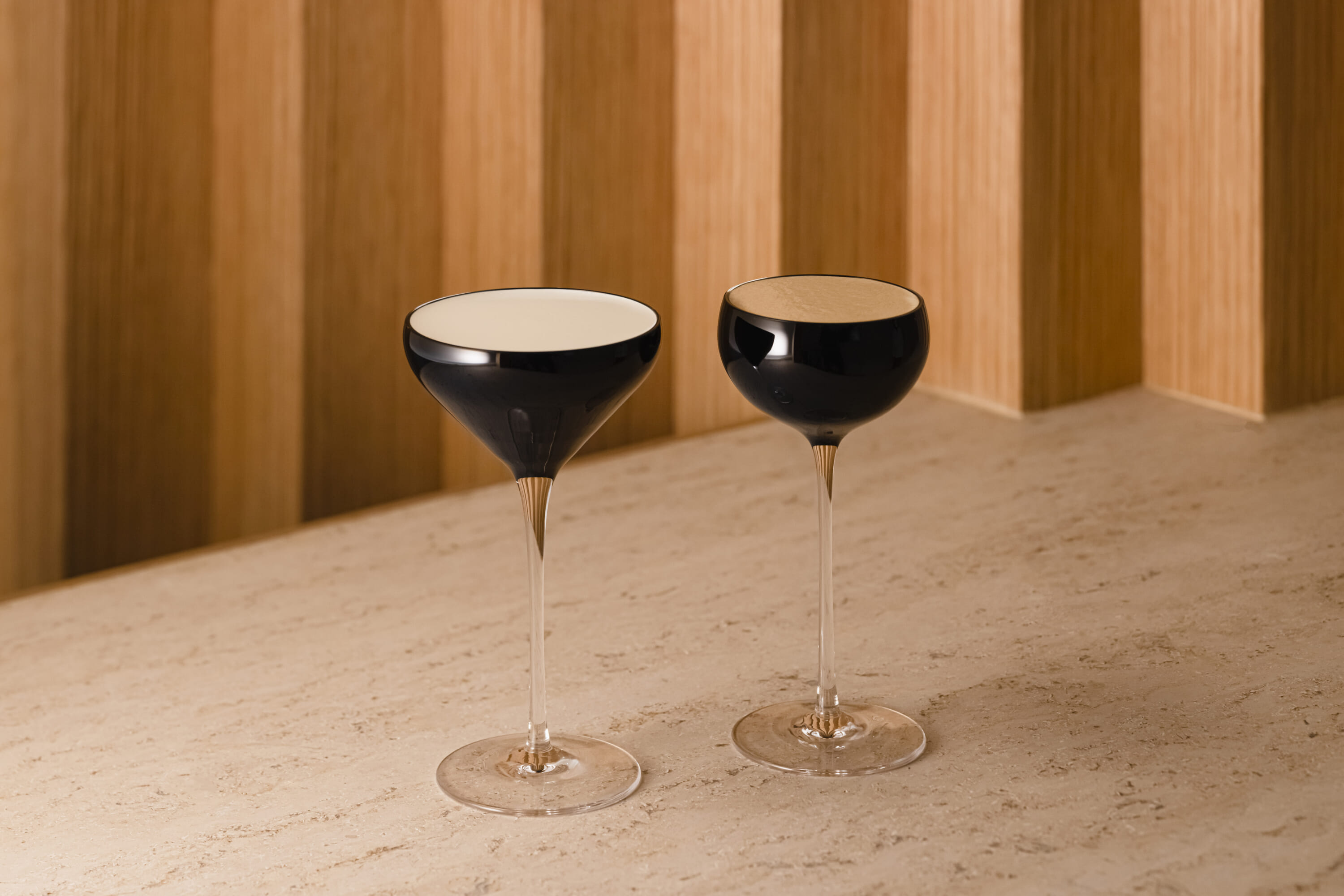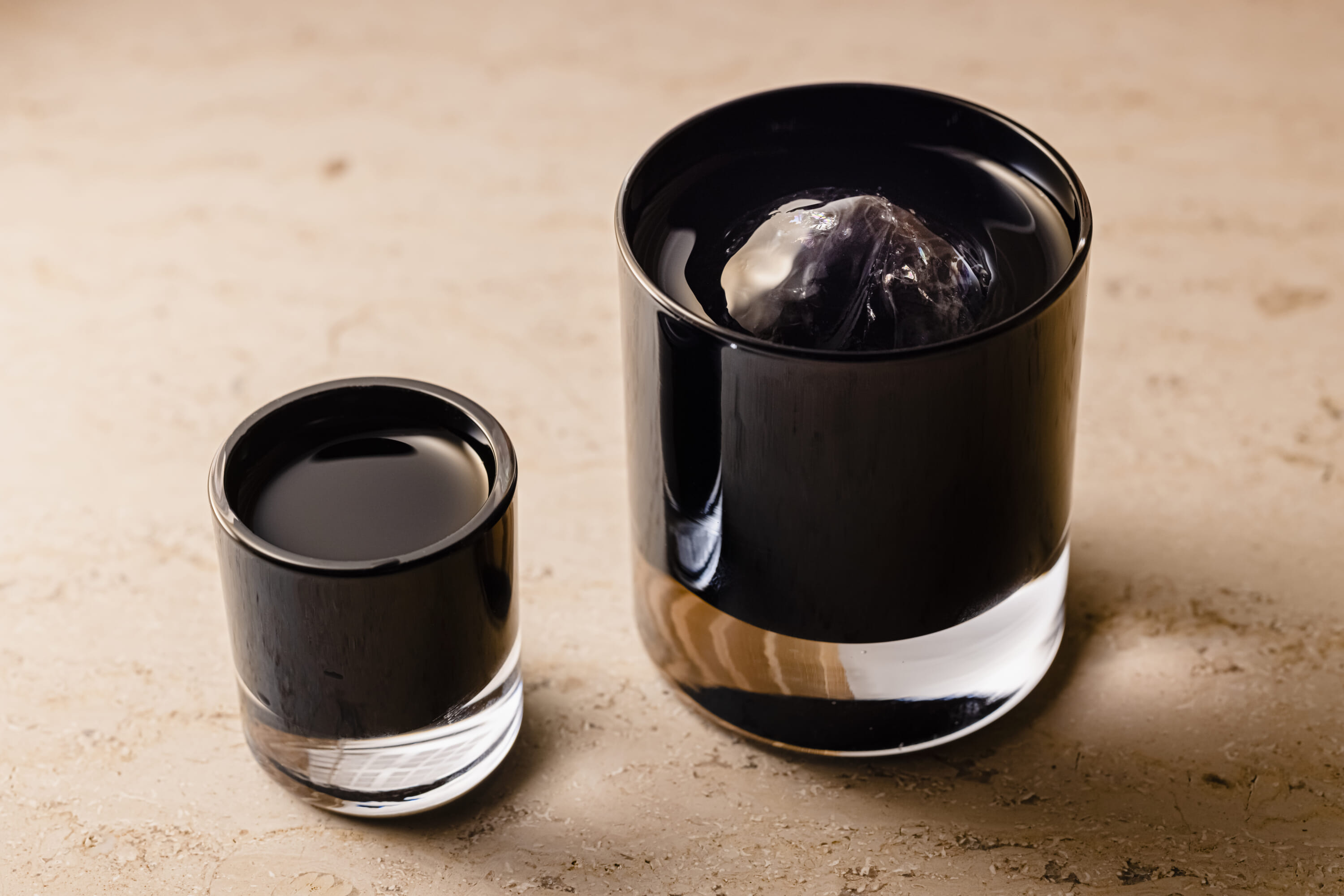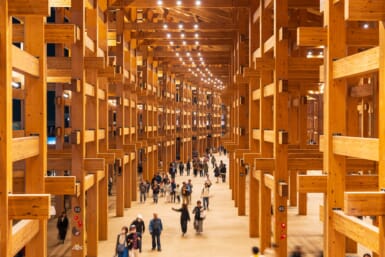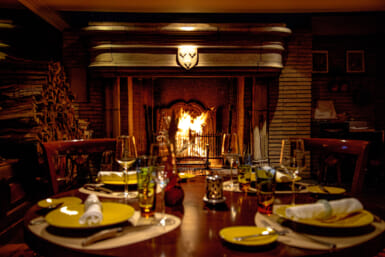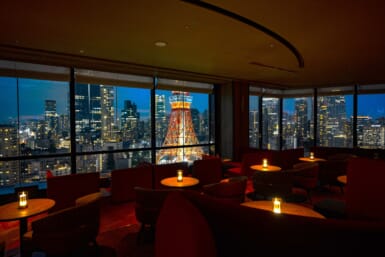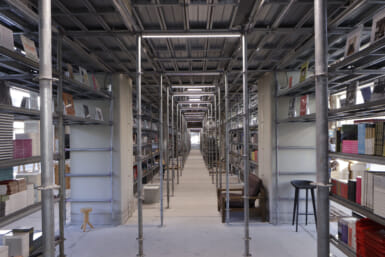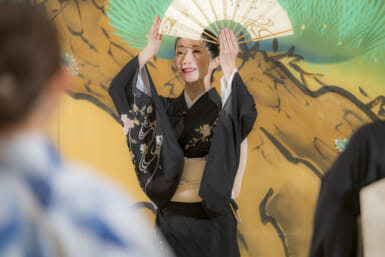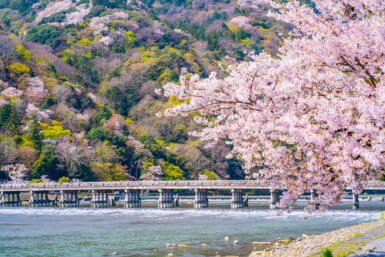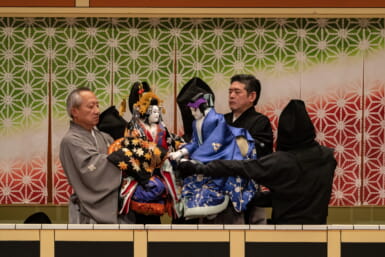The traditional Edo-era downtown of Kiyosumi-Shirakawa, revamped in recent years as Tokyo’s coffee town, is home to an exceptionally exquisite coffee experience. Tucked away in the neighborhood’s unassuming backstreets in a renovated warehouse, Koffee Mameya Kakeru is a prime example of the Japanese concept of kodawari — aspiring to perfection and attention to detail.
The philosophy of Koffee Mameya Kakeru lies in quality and focus. “We are not striving to open a quantity of shops, but instead to go as deep as possible into what coffee can be,” coffee pioneer and Koffee Mameya Kakeru founder Eiichi Kunitomo tells us when we meet for an interview at the quiet coffee shop before opening.
In Kunitomo’s vision, the best way to create new things is to find and fulfill untouched desire. This is how Koffee Mameya Kakeru came to be.
Brewing Tokyo’s Coffee Culture
Introduced by Dutch merchants in the 17th century, coffee spread throughout Japan during the period of Westernization that occurred in the Meiji Era (1868–1912), becoming a staple of Japanese culture in the Showa Era (1926–1989) through Japanese-style kissaten coffee shops. But despite the country’s long history with the delectable dark-brown beverage, its coffee culture was lacking in quality and acclaim.
Happily, this has been changing in recent years, and Kunitomo — an inspiration to many — is one of the innovators behind the shift. He opened his first company, Omotesando Koffee, in 2011 with the aim of expanding the specialty coffee culture that was, at the time, nearly nonexistent.
“At Omotesando Koffee, we worked to make people familiar with specialty coffee. But the focus was still more on volume, selling hundreds of cups of coffee per day. And this is still the case with many cafés nowadays, with the focus on quantity — and even merchandise — rather than coffee itself,” Kunitomo says.
To take the next step, he decided to close Omotesando Koffee in Japan (there are still international locations in Hong Kong, Manila and London) and open Koffee Mameya, also in Omotesando, in 2017. Focused on selling beans and with a standing bar for customers to try the different coffees, Koffee Mameya is the precursor to Koffee Mameya Kakeru, and it’s still operating. In early 2021, Kunitomo opened Koffee Mameya Kakeru to offer an elevated coffee experience in a completely new way.
The shop’s name hints at what can be expected: “Koffee” is for coffee, “mameya” means “bean shop” and “kakeru,” which means “multiply” in Japanese, represents the different components coming together to create something more valuable than each individual element.
“In Japan, it’s easy to get a cheap and quick coffee,” Kunitomo says. “But there really was not a place for an extraordinary coffee experience, so we wanted to create that.”
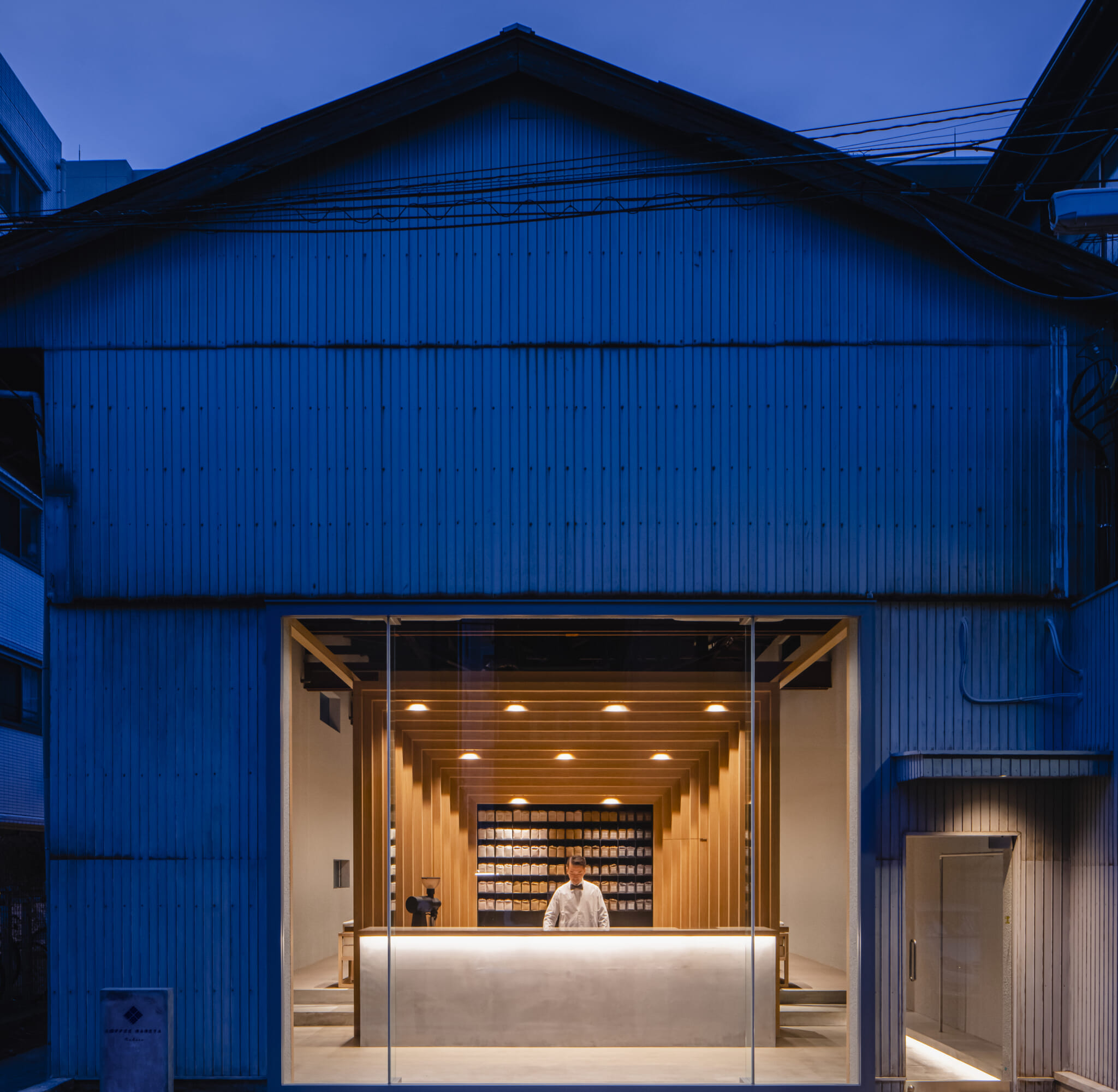
Pursuing Perfection From Bean to Brew
Customers at both Koffee Mameya shops are not just met with the best coffees from around the world and brews prepared by expert baristas, but also with careful education about coffee, from the origins of beans and information on roasters to advice on how to make the best brew at home.
“We as baristas stand between the roaster and the customer. The value of coffee is decided in the final product, and we have to educate our customers on how to brew correctly to make sure the end result is delicious. If we can do that, everyone is happy — the roaster, the barista and the consumer,” Kunitomo says.
Koffee Mameya doesn’t roast coffee; instead, it sources its coffee from carefully selected roasters around the world. “Roasting and brewing coffee are two different jobs, and we should both focus on getting our own craft to the highest level,” Kunitomo explains.
When choosing roasters, a lot of focus is put on the philosophy of the companies in question. “We want to know their background and their story, as we want to share this with our customers when serving the coffee,” says Kunitomo.
Building personal and deep relationships in the industry is essential, and Kunitomo’s right hand, Miki Takamasa, travels to join coffee exhibitions and competitions — meeting baristas, roasters and coffee experts from all around the world — to cultivate these important relationships.
All of this effort stems from Kunitomo’s desire to build the next stage for coffee drinkers and baristas alike. “I wanted to create a place offering something new and inventive to customers, but also a stage for experienced baristas to showcase their skills and develop further.”
Front-row Seats to a Coffee Show at Kakeru
The stage Kunitomo created for baristas to perform and customers to enjoy is indeed a thing of austere elegance and beauty. The old warehouse, preserved to keep the original appearance as much as possible, is the work of art director Tomohiro Kato and architect Yosuke Hayashi, who worked with Kunitomo’s input and ideas. Collaboration amongst the team goes back a decade.
A sleek glass façade greets you. Behind it, an impressive oak structure, its wood multiplying outwards from the rectangular coffee bags at its center, illustrates the Kakeru philosophy. Inside, you’ll find high ceilings and a striking wooden frame built around a collection of black counters. This is the stage for the baristas to display their skills. As in a Japanese fine-dining establishment, customers are seated at the counter, with everyone enjoying a front-row seat to the performance.
Every equipment choice and detail is carefully curated and in line with the stylish, minimal visual language. The interior’s configuration follows the simplistic angular design replicated on the company’s logo, menu cards and cloth coffee bags; the black ceramic mugs and glasses, chosen for their design as well as for functionality, guide customers to focus fully on the taste of the carefully crafted drinks. Meanwhile, the crisp white coats of the baristas evoke an image of extreme expertise, precision and focus on the art at hand.
The average age of the staff is quite high, with all the baristas experienced in their craft. In fact, most of Kunitomo’s team has remained with him throughout the last decade.
“Usually at coffee shops, baristas cannot fully utilize their experience,” explains barista Takayuki Ogura, one of the company’s earliest hires. “At Koffee Mameya, not only can we use our expertise and years of experience, but we also have an opportunity to develop further all the time — and we’re encouraged to do so.”
It’s easy to understand why they stick with Kunitomo. Experienced and skilled professionals are given a unique platform they can use to shine, innovate and build connections in the industry both in Japan and globally. Koffee Mameya offers to baristas the coffee-world equivalent of what Michelin-starred eateries offer chefs advancing in the restaurant industry.
Indulging in Elevated Coffee
The Koffee Mameya Kakeru experience is one of high-end coffee, comparable to a coffee kaiseki course. Similar to Japanese haute cuisine, there’s a deep focus on the quality and seasonality of ingredients, the beauty of presentation and the attention to detail; and everything is made with first-class equipment by highly skilled professionals.
Choosing your coffee here is part and parcel of the fine coffee-drinking experience. The extensive menu showcasing the best coffees of the season offers a wealth of choice — plus several select desserts to perfectly accompany your beverage. To truly get a taste of Koffee Mameya Kakeru’s pursuit of perfection, however, you’d be wise to try one of their coffee-tasting courses. Whether coffee beginner or aficionado, you’ll no doubt find them to be a surprising and highly enjoyable exploration of the intricacies of coffee.
The courses allow you to sample coffee in multiple forms, from cold and milk brews to mocktails and lattes. You’ll enjoy different expressions of the same coffee beans and discover nuances you didn’t know existed. In addition to the signature Koffee Mameya course, new courses are introduced on a regular basis. These courses might feature, for example, rare beans, experimental methods or guest baristas from around the world.
Innovative Coffee Drinks
Whatever you do, don’t miss out on the wonderful coffee mocktails and cocktails created by cocktail wizard and Japan Coffee in Good Spirits champion Akira Zushi. The surprising and innovative combinations and flavor profiles are a testament not only to Zushi’s skills but also to the freedom to explore offered by Kunitomo. And once you become a regular, you can fully benefit from the cocktail master’s skills with an omakase approach.
The shop’s concept of “kakeru” comes to life beautifully in Koffee Mameya Kakeru’s many collaborations. It offers everything from sessions with visiting coffee experts and champions to innovative pairing courses with French desserts, edible flowers and coffee cocktails with Japanese shochu and sake.
“The collaborations are chosen with partners who can challenge us and bring out new possibilities with coffee, creating other ways to elevate the experience,” Kunitomo says.
Kunitomo and his team are expanding the boundaries of the industry and creating new ones, without ever losing sight of the most important part — the coffee itself.
| Location | |
| More Info |
Website →
05018076375 |
Related Articles
- Rise and Shine: 5 Tokyo Hotels With Great Coffee
- 5 Japanese Coffee Chains to Try Instead of Starbucks
- How Kohei Matsuno Makes 3D Latte Art Magic at Hatcoffee
Updated On January 30, 2024
